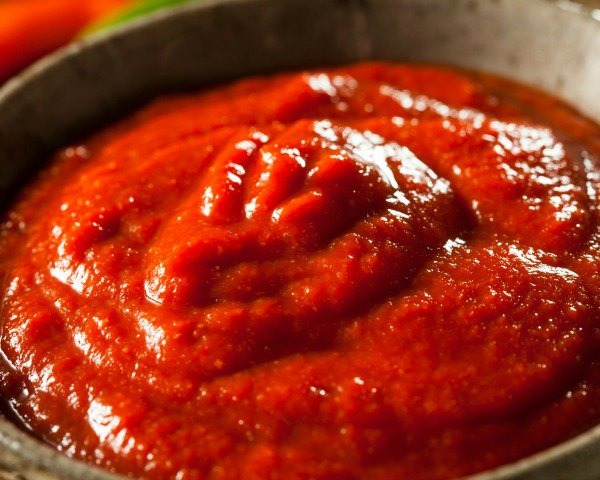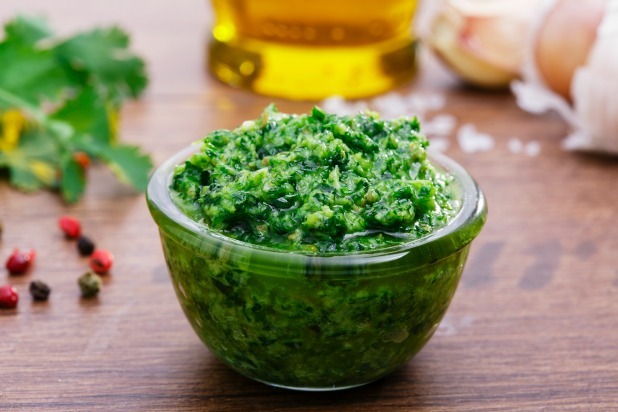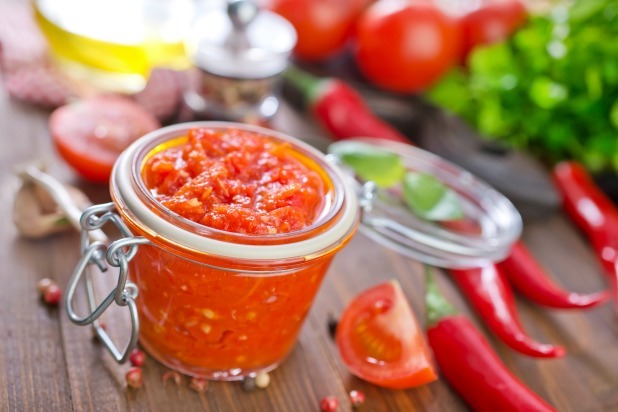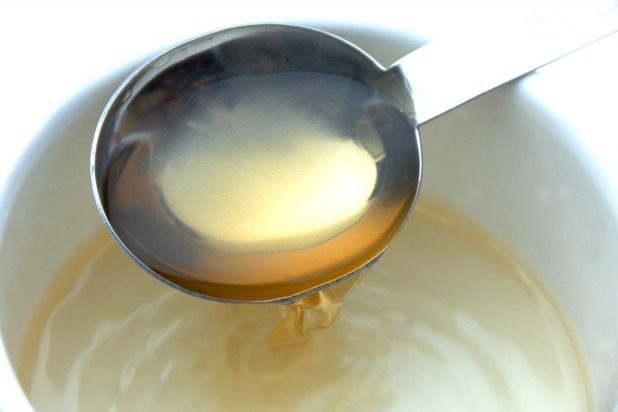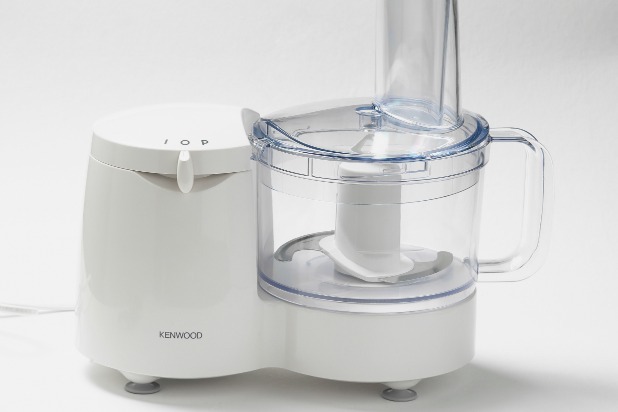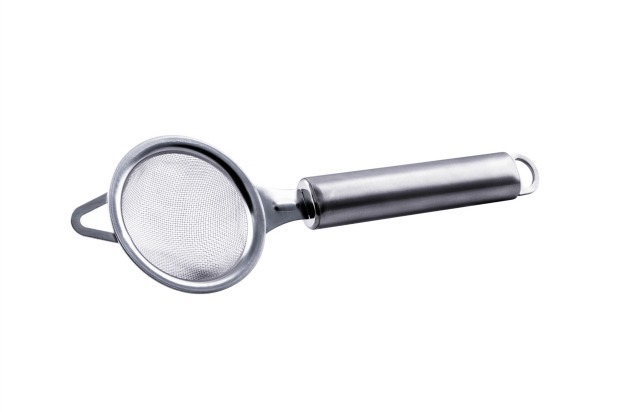How To Make Hot Sauce At Home (Slideshow)
You'll have to do a bit of research to determine which peppers are best suited to your particular hot sauce. In general, larger peppers like jalapeños tend to be less spicy than smaller ones like Scotch Bonnets.
Control the Heat
There are a few different ways to adjust the spiciness of your hot sauce. If you want a hot sauce that is less spicy, you can either use fewer peppers or remove the seeds before combining your ingredients.
Purée the Peppers
Once you've decided which ingredients you'll include in your hot sauce, pulse them a few times a food processor to create a thick mash. Onions and garlic are common additions.
Allow the Peppers to Ferment
Fermentation helps the hot sauce develop a complex and tangy flavor. To ferment your pepper mash, simply add it to a jar with some salt, cover, and leave it at room temperature for two to six weeks. After a couple of days, you'll notice small bubbles in your hot sauce. Carefully open the jar to every few days to release some of the gasses.
Add Vinegar
After the pepper mash is fermented to your liking, add vinegar to the desired taste and consistency. If you want to make a thicker hot sauce like Sriracha, it can be helpful to boil the hot sauce to evaporate some of its water content.
Purée the Hot Sauce
Once you're satisfied with the flavor of your hot sauce, puree it again for optimum texture.
Strain the Hot Sauce
The finished sauce should be strained through a fine mesh sieve to remove any small pieces of seed or pulp that may remain. Be sure to press down on the pepper purée as you strain it to extract all of its juices.
Bottle the Hot Sauce
The finished hot sauce can be stored in a glass jar in the refrigerator for several months.

